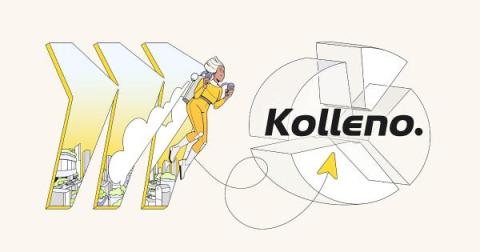How a childlike state of creativity fuels innovation
Rapid advancements in generative AI along with attention-grabbing headlines about AI tools replacing jobs have many people thinking: In a world where technology can do so much, what do humans bring to the table? For me, the answer is creativity. While generative AI can augment human creativity, it cannot replace it. Yet many of us don’t carve out the time or space to tap into this unique ability — and that’s where we can learn a lot from kids.











